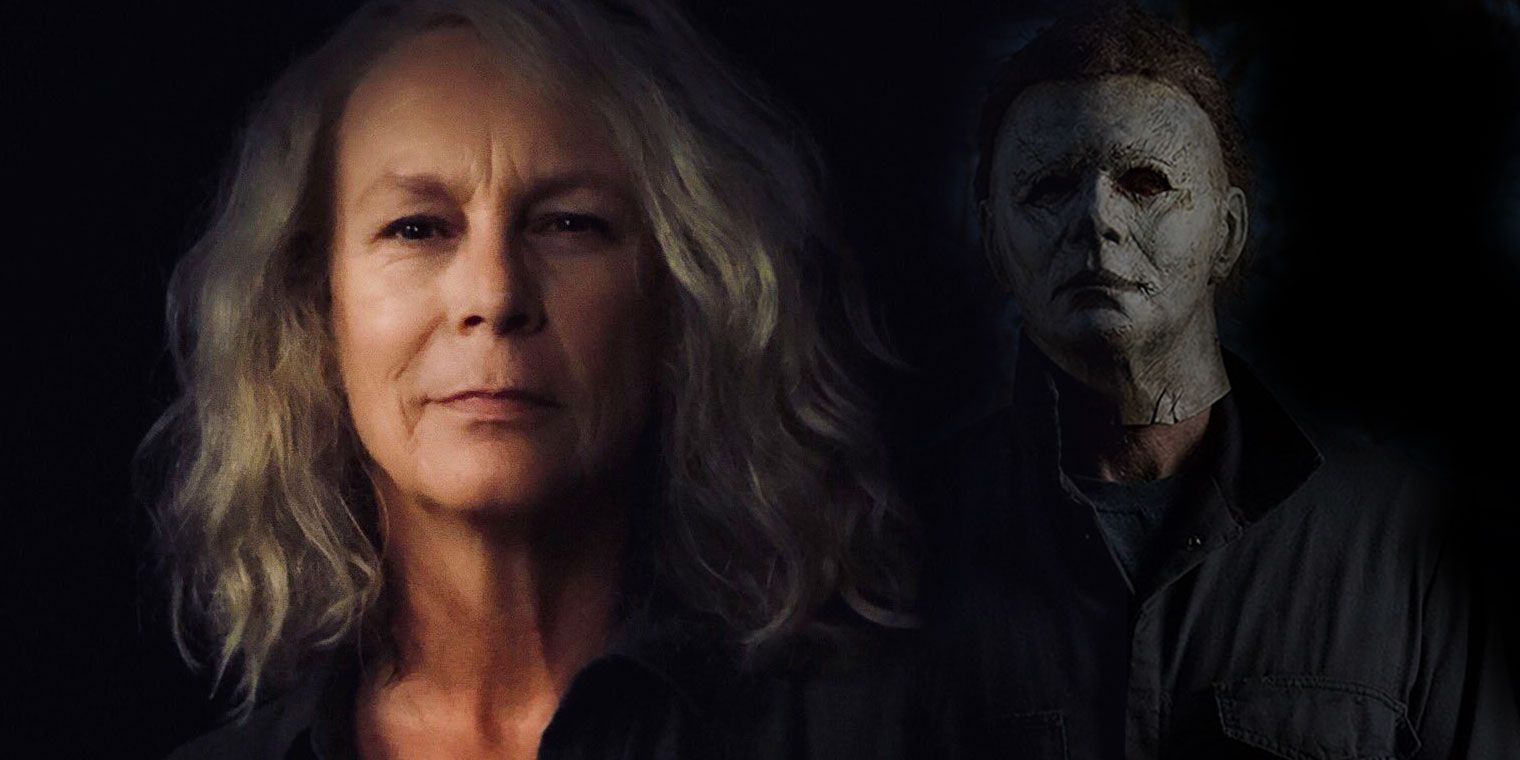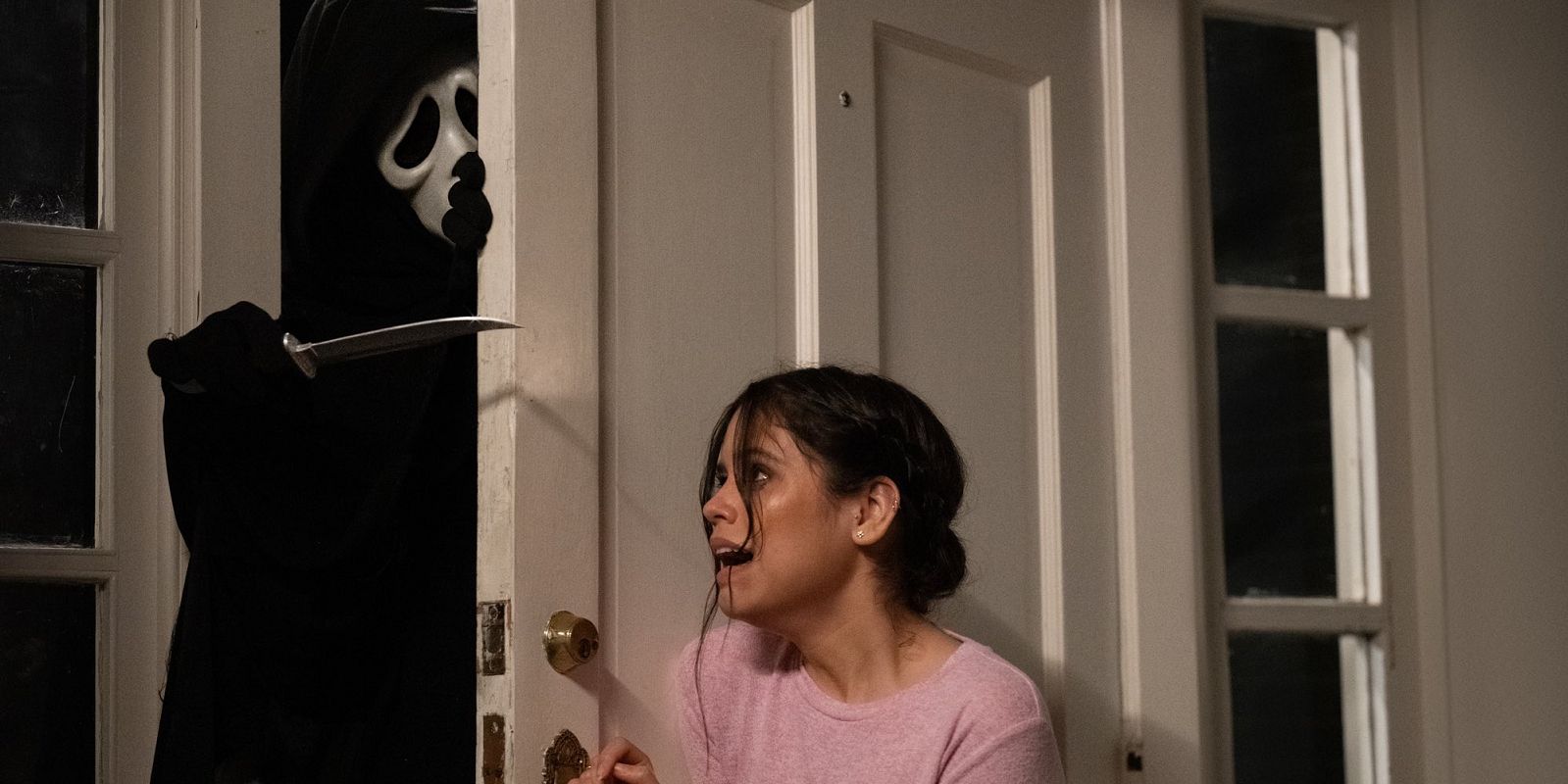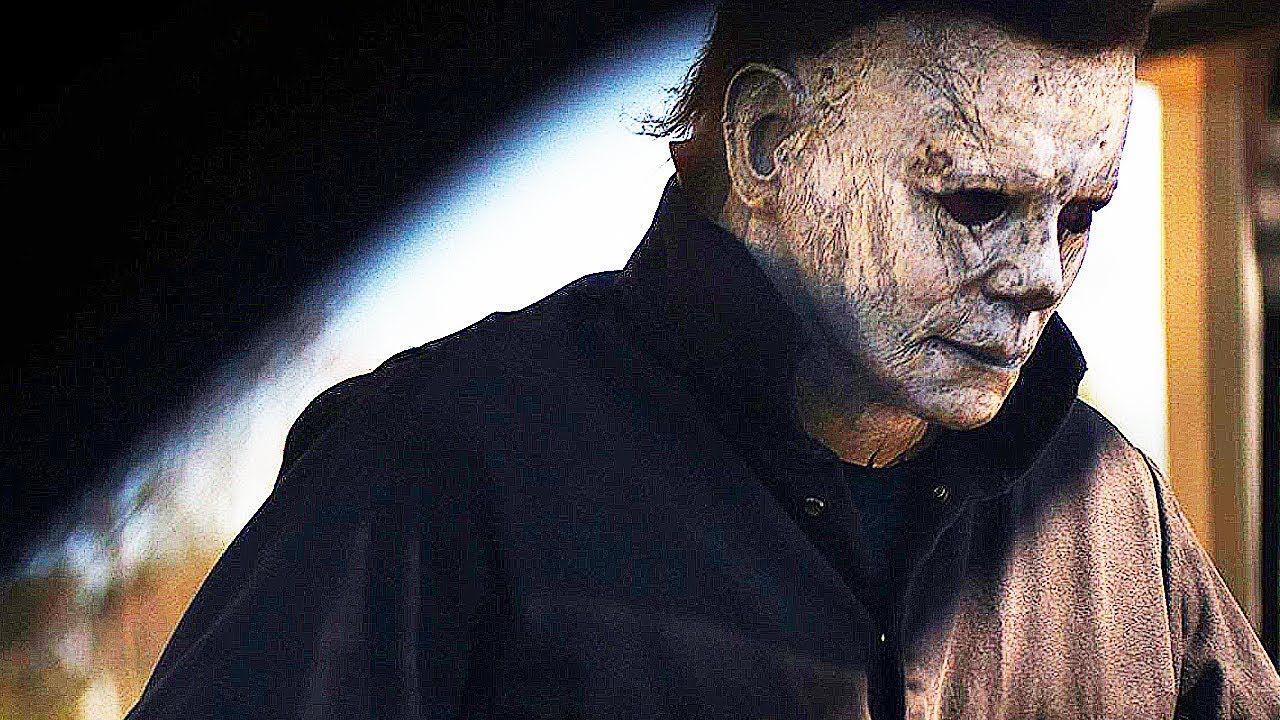Since the late 2000s, much of the commercial success of the horror genre has relied upon a mix of supernatural films, such as Paranormal Activity and The Conjuring, and psychological horrors like Jordan Peele's Oscar-winning Get Out and Ari Aster's Hereditary. And while that largely remains the case today, there's another type of horror film that has been making a comeback in recent years: the slasher.
Since 2018, some of the most well-received horror films have been slashers, and that doesn't appear to be slowing down. 2022 is already seeing a Scream sequel release to box office success, and the A24 film X garner critical praise. So how has this sub-genre, once highly mocked, parodied and regarded as low-quality cinema, managed to reclaim the horror genre?
Slasher Reboots Bring Nostalgia and Iconic Villains
The slasher sub-genre first gained momentum in the late 1960s and early 1970s. Characterized by its often low budget, heavy gore, final girl and knife-wielding villain, the slasher became hugely popular, if not highly controversial, for its violence, particularly against women, and highly sexual overtones. Slasher filmmakers like Wes Craven and John Carpenter would go on to produce many legendary films in the proceeding decades, including Nightmare on Elm Street and The Texas Chain Saw Massacre. The genre then began to sputter at the beginning of the 21st century, except for Craven's long-running Scream series, paving the way for other types of horror to take over the genre.
And it was this years-long break from the slasher ruling the horror genre that made way for its comeback. The last few years made clear that nostalgia sells, with the film and TV industry green-lighting a massive amount of reboots, reunions and remakes. With society as scary and uncertain as ever, audiences have craved nostalgia and familiarity, and the rebooting of iconic slasher franchises like Halloween has met this need.
The characters and settings are familiar, and the narrative and tropes once criticized for their predictability are now hugely enjoyable for that reason. In A24's X, the many homages to previous slashers make the film feel like a safe watch, even with its graphic gore and sex. Even the rebooted franchises set in the current day possess a unique style of older filmmaking, storytelling and cinematography that has drawn in cinema-goers and played a role in helping the slasher reclaim the horror genre.
The return of iconic slasher villains such as Michael Myers, Leather face, and Ghostface have also played a huge part in getting audiences to the cinema. These characters are legendary not just in slasher or horror but in wider cinema and have undoubtedly helped slasher reclaim the horror genre. There's just no ghost or ghoul, demon or devil that has the entertainment value that Michael Myers or Jason Voorhees have.
Final Girls Are the Feminist Icons Modern Audiences Want
While there is no doubt that iconic villains and nostalgia trips have been a motivation behind bringing audiences back to cinemas to see slashers, credit must also got to the subgenre's iconic final girl. This kind of figure got identified by academic Carol J. Clover in her book Men, Women, and Chain Saws, defined as the last survivor in a slasher film. The person that confronts the killer and overpowers him and kills him or holds him off long enough to be saved by a third party, usually male. The final girl adheres to a set of characteristics -- female, virgin, middle class, resourceful and a figure of female empowerment.
With the exception of the villain, the final girl is the most iconic figure in slasher lore, and the idea of seeing Laurie Strode and Sidney Prescott return to screens is just as exciting as the idea of seeing Michael Myers or Ghost face. It has also been significant that the final girls of recent slasher films are a notable improvement upon those from the '70s or '80s, even those returning girls like Strode. They are no longer exclusively white, and some are even older women.
This increased intersectionality of the final girl figure could also be another the slasher has seen such an uptake in recent years. The characters in the Fear Street trilogy, It Follows and 2022's Scream are reflections of the ideas present in current fourth-wave feminism, including increased calls for diversity and equality. In reality, today's final girls more closely align with the complex and realistic women audiences want to see on screen.
Slasher Films Hold Up a Mirror to Society
Villains, nostalgia, final girls and feminism are all parts of the slasher's successful re-emergence into commercial horror cinema because they touch on one of the slasher's best qualities as a sub-genre -- its ability to hold a mirror to society. From the slasher's inception, it has sought to reflect societal issues and ideas in ways that are not overt or pushy but carefully weaved between blood and gore and entertaining film-making.
And nowhere is that more clear than in 2018's Halloween, in which Laurie Strode was portrayed as a victim of violence rather than just the enemy of the main villain. Audiences see her struggling with the effects of her trauma, reflecting aspects of the MeToo movement and the experiences of many survivors of violence.
It's also prevalent in the Fear Street Trilogy, where one of the main characters is queer. The movie's queer romantic relationship is a big part of the film's emotional plot. Exploring an LGBTQ+ story that the audience can see themselves in, something that would not have been shown on screen in slasher or mainstream horror back in the '70s. And it's a mirror to society that has helped make the slasher a relevant sub-genre again. When the world is troubled, with many trying to make sense of it, slashers seek to explore the truth of the human experience.





